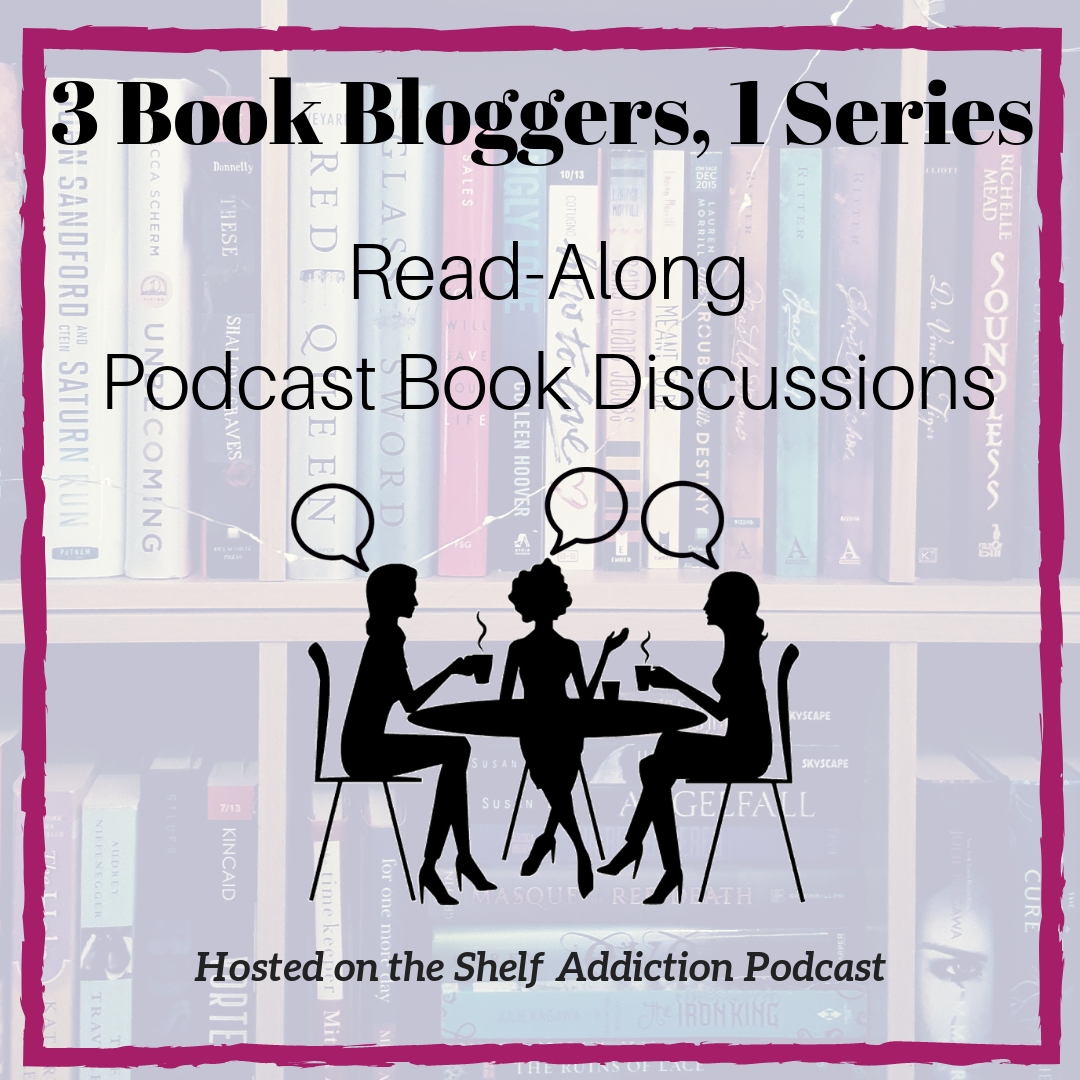There are eight books in the main series, one for each Bridgerton sibling. Due to a combination of UBS availability, lack of patience, and issues with reading comprehension, here is the order I read them in: 8,1,2,7,3,5,4,6. Happily, that means I can vouch for the ability of each book to stand alone.
O’Donovan has said that the great thing about the Bridgerton books is the loving and witty interaction of the large Bridgerton clan, and the ongoing glimpses of the various inter-relationships. I’m going to take it a step further and say that the great appeal of the Bridgerton family is that they are a literary and real-world rarity: a functional-- as in the opposite of dysfunctional-- family.
O’Donovan: I’ve been musing about this since Nicola first mentioned this notion and I completely agree … and yet. As someone who grew up in a family that is almost sickeningly functional and strong, I shy away from “functional” as a description precisely because it has a connotation of perfection, at least as people use it in talking about families.
Nicola: Funny, I always thought the word “functional” was sort of damnation by faint praise. As in, defined by a lack of deviant horrible behavior….
O’Donovan: What I love about Quinn is that her families are functional – if the function of a family is to love and support one another – but they also manage to be irritating, challenging, suffocating and quirky. I like that she gives us something better than Ozzie-and-Harriet-style perfection: It’s a bunch of very “real” fictional people all bound by a commitment to each other.
The funny thing is, that’s pretty much the description of all the best (romantic) love stories, too.
Nicola: yep, check, check, and check. I also grew up really really lucky: although mine is a family of 3 girls, and not the 8 siblings of Bridgerton fame, I have a large, close extended family and that’s a really accurate description. There’s lots of internal joshing and teasing that occasionally approaches jabs and pokes, but to the outside world? It’s a united front, all the way. Are they perfect? Heck no. Do they drive me crazy? Oh yes. Would I change the slightest thing about any of them? Not for the sun and the moon and the stars.
So, then, moving on: when I first got married, my mother-in-law gave me a book called The Good Marriage. Without going into a lot of details, what the authors identified as a “rescue marriage” was of particular interest to me. In trying to add some context for you, I find my options are the one-sentence sound-byte:
Description of a rescue marriage: The healing that takes place during the course of the marriage is the central theme.
Or alternatively, four chapters worth of empirical description--you’ll have to get hold of a copy of the book for that.
The bottom line is, I recognize most of the Bridgerton-Spouse relationships as rescue marriages, or at least one such flavor. The Bridgertons, by and large, are fully realized, emotionally healthy adults, though of course not without their insecurities and yet-to-be-fulfilled dreams—and isn’t that a refreshing change of pace? Their spouses are mostly abused and damaged, feeling by turns envious of the Bridgerton family warmth, unworthy to join it, overwhelmed by it, and finally, embraced and healed by it. That last phase is particularly delightful to see in small bits and pieces of later books and epilogues, and a big part of the appeal that O’Donovan spoke of in her post on Relational Romance .
Does this mean that the Bridgerton half of the couple is the rock, the strength, selflessly giving to a weaker spouse who’s a needy, emotional black hole? Well, no, because that would be really irritating, not to mention boring. What most of the Bridgerton sibs have in common is a guilty wish to be more separate from the pack, to be recognized as an individual.
And the non-Bridgerton spouses are anything but weak. It’s more a case of “what doesn’t kill you makes you stronger*”, and the experiences of these partners give them an almost Herculean strength. Watching them learn to accept a partner, to set down a little of their burden, is a moving experience every time. Often, their difficulties are what allow them to see beyond the façade of Bridgerton strength to the individual’s needs and the weaknesses that they don’t dare show.
O’Donovan: This is a very key point, I think, but I want to address the one Bridgeton book where it was turned on its head. In When He Was Wicked, I think Francesca is the “rescued” half, and she is rescued, at least in part, from her stifling identity as one of eight Bridgerton siblings. That turnabout has made it one of my favorite JQ books, and I thought it widened the scope of the series from the “cool family rescues the world’s strays” theme to the breadth of strengths that you describe here.
Nicola: Now that’s interesting, because Francesca’s partner in WHWW, while not abused, has certainly done some emotional suffering, and I don’t think of Francesca as in need of a rescue. But I agree that they are the most evenly matched couple, in those terms. I also loved this book (just finished it, in fact) and thought it was interesting that while I was formulating all these thoughts about the Bridgerton family, here was this book waiting for me that takes place almost entirely separately from the family. It’s not that Francesca doesn’t seem like part of the family, it’s more that the family and its dynamics don’t really play such a major role in this story as it does in the others. And to be honest, I have a certain soft spot for heroines who aren’t virgins. (Make of that what you will.)
Julia Quinn does a very nice job, all in all, of consistently demonstrating that a person’s greatest strength can also be their greatest weakness. The spouses that the Bridgertons find themselves with are tenderly complementary in both ways.
__________
* "What doesn't kill you makes you stronger." Ugh. I hate that sentiment: it basically rationalizes abuse. It's true that crappy experiences CAN make you stronger, but they can also wear you down and damage you without killing you..... well, anyway. Pet peeve. Sorry for the tangent.


